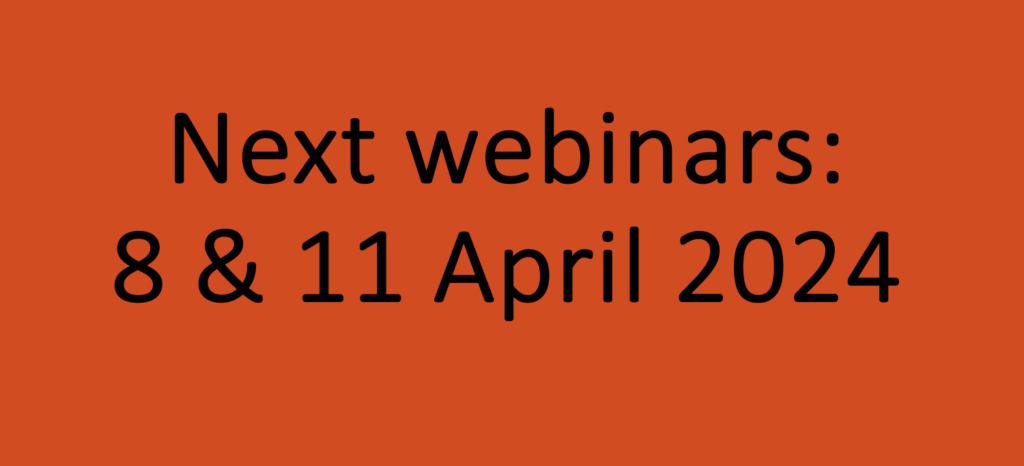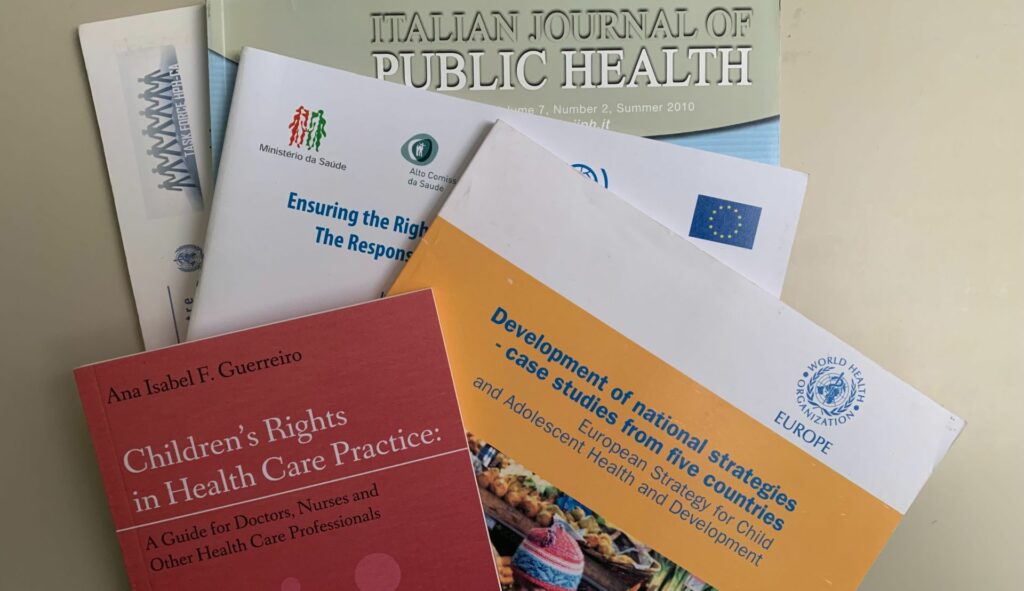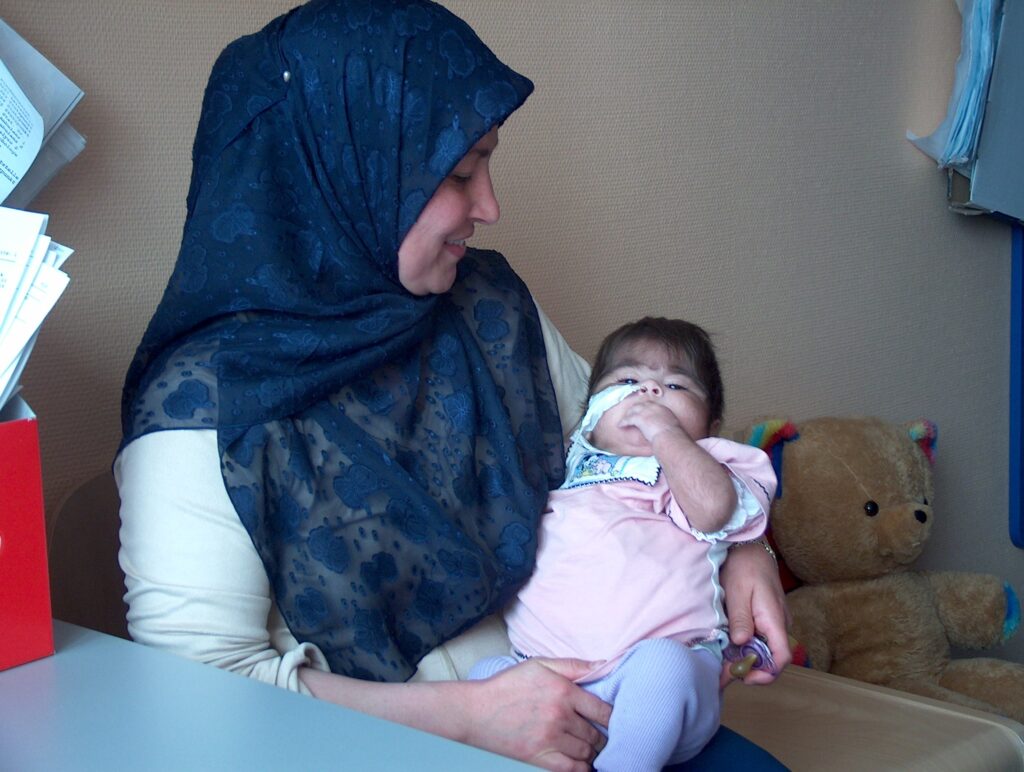Collecting information about a situation is the only means of understanding what is going on and how to improve a situation. This type of information is generally called evidence because it provides proof of what is happening. Because the well-being of children is complex and because child rights are comprehensive, it is necessary to collect information of both a qualitative and quantitative data and in a disaggregated manner. Qualitative data gives us insight about aspects that cannot be gathered by statistics or other type of quantitative data, for example, a child’s or family’s satisfaction with a given service, their experience of care or the quality of a communication or education process. Quantitative data provides comparative information about the global child population, such as the number of children enrolled in the education system, the number of children who have access to primary health care, or the number of children who live in alternative care institutions. Finally, it is important to collect disaggregated data because that enables us to identify differences between age groups, gender or the socioeconomic background of children and this helps to understand what groups of children may need extra attention to ensure that all have access to the available services and, ultimately, to the opportunities they need to develop.
Not all professionals working for children will be expert researchers or planners. However, it is useful to have basic planning competencies, especially if professionals will be involved in some form of planning, for example, if they may be asked to identify actions or activities within their department or setting. And, if we want to change children’s lives, those actions or activities should be based on real needs of children. Therefore, we need the information to tell us what are those needs.
The collection of evidence should be commensurable to the planning activity. For example, imagine you are a health care professional working in a primary health are unit or hospital department. Your unit or department has never carried out a patient satisfaction survey and you think this is important, you do not have a budget, but you still believe you may mobilise some energy in the team to put in place some actions for change. In this case, you will not be promoting an expensive study or time-consuming exercise, because in any case, you know you will not have the money, for example, to do infrastructure-related change. However, you may still do something. One of your options could be to do a short questionnaire for children and/or parents/caregivers once you finish the health care consultation or upon discharge asking about their experience. You may ask questions such as:
- What did you like the best about your consultation today / your stay in the hospital?
- What did you not like about your consultation today / your stay in the hospital?
- What do you think could be improved?
- Did you think the staff was attentive?
- Did you wait a long time before your consultation?
- Did you understand why you are sick and what you need to do to get better?
These are just examples of questions you can ask. The survey can be simple and short, but will probably still give you important and often unexpected information about the unit or service where you work. Based on the results of your survey, you can set up a meeting with your colleagues and, whenever possible, the head of the unit or department, to discuss and see what can be put in place. Some results may be easier to put in place than others, but there is always something you can change to improve children’s experience of the care they are receiving. If you have a specific budget for the next five years, you can plan a more substantial project and to start you should carry out a baseline assessment upon which to start your planning cycle – see more about this in the article Using the Convention on the Rights of the Child as a basis to improve quality of care.





